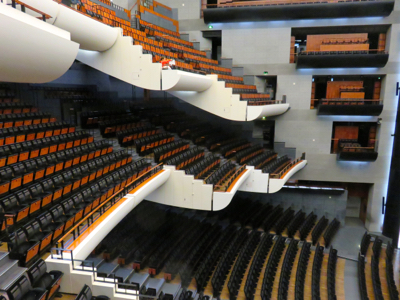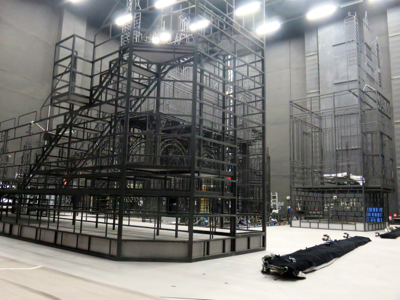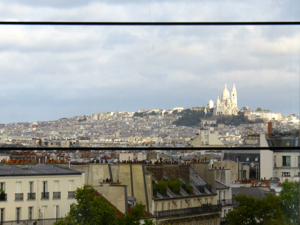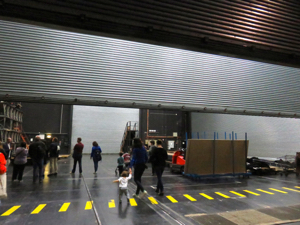 |
Opéra Bastille Tour, Paris, France | |
| A visit to the Opéra Bastille provides a fascinating look behind the scenes. | ||
|
|
|
Paris has two opera houses: The Palais Garnier, which was THE opera house for over a century, from its opening in 1875 until the debut of the Opéra Bastille in 1989. Today Parisians and visitors benefit from having two superb performance venues. The Opéra Bastille presents most operas and some ballets; the Palais Garnier presents operas, ballets, recitals, and other concerts. The Opéra Bastille can seat over 2,700 people, and every seat has both excellent acoustics and excellent visibilty. The building was designed by Uruguayan-Canadian architect Carlos Ott, who was chosen from among 744 architects from around the world. Ott selected the design and interior materials of the hall to reflect the music and musicians: wood to evoke the violins and string instruments; grey and ochre tiles to provide a soft background; and black seats because the musicians wear black.
The tour of the Opéra Bastille is given in French; as of now, English and other language tours are only available for groups who pre-book. If you speak some French, you'll enjoy the tour. Unlike the Opéra Garnier tour, which focuses on public areas and can be done on your own, the Opéra Bastille tour goes backstage and requires a guide. The tour begins on the 7th floor, with its beautiful panoramic views of Paris. From there, the group explored the second balcony, a steep array of seats high up, and the orchestra level. We learned that while the concert hall is the largest space, it only represents 5% of the total space. And we were soon to learn why as we explored the buidling. We visited both the back stage and the "back back stage," two areas of equal size to the stage. In addition, we saw several other large working spaces that allow the Opéra Bastille to seamlessly present different offerings in tight time frames. For example, the day we visited the stage was set for an opera to be performed that evening; by the next afternoon, that set would be removed and a new set put in place for the matinee performance of a different opera. And since we were going to the matinee the next day, it was a special treat to see the set beforehand.
The tour allows you to appreciate the massive elevators and other equipment required to ensure smooth productions. The spaces are separated by large metal "curtains," doorways that close them off entirely. The structure is designed so that one show can be presented to an audience, while at the same time another show is rehearsing in the back. It's an impressive operation. The tour ends with a visit to the workshops, where sets, props, and costumes are made and assembled. The Opéra employs about 1000 people and is a very impressive operation. Opéra Bastille Métro: Bastille, Lines 1, 5, and 8 RER: Gare de Lyon, A and D Bus: 20, 29, 65, 69, 76, 86, 87, 91
|
|
Above, Beautiful view of Sacré-Coeur from the 7th floor of the Opéra Bastille.
|




